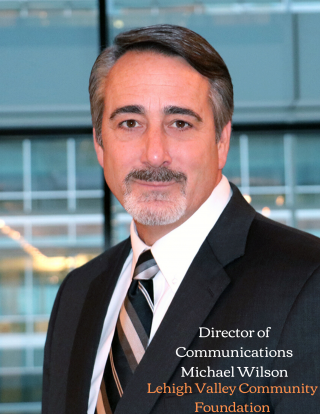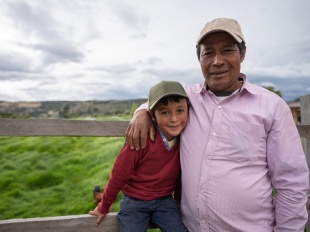How Do You Ensure Everyone in Your Community is Counted in the 2020 Census?
Starting next month, homes across the country will start receiving invitations to complete the 2020 census and it’s vital that everyone is counted. Data show us that not all people have the same opportunity to be healthy where they live, and accurate population counts from the census can help illuminate where gaps in opportunity exist so that communities can take steps to meet everyone’s needs.
Local organizations like Pennsylvania’s Lehigh Valley Community Foundation (LVCF) are taking action and working toward ensuring an accurate count in the communities they serve.
“Census 2020 is so important for health equity,” shared Michael Wilson, LVCF’s director of communications , during our January webinar,

Why the Census Matters to Health Equity. “It’s the underserved communities that are at greatest risk for an undercount...and we know that if communities are starved of federal resources, it will have a ripple effect for at least the next ten years.”
Many factors can contribute to risk of an undercount, including feelings of distrust of the government; concerns about data privacy and confidentiality; fear of repercussions for completing the census; and the belief that completing the census may not be personally beneficial.
To address this risk in their region, LVCF looked first at the data. According to their research, Pennsylvania could stand to lose an average of $2,093 in federal funding per year for every person not counted in the 2020 census. With a population of almost 13 million people in the state, losing more than $20,000 in federal funding per uncounted person over ten years quickly adds up. This undercount and subsequent loss of federal funding could affect important decisions like investments in infrastructure, technology, healthcare, and education.
By using free tools such as the U.S. Census Bureau’s Response Outreach Area Mapper (ROAM) to determine the areas that were at the greatest risk for an undercount, Wilson and LVCF were then able to partner with regional nonprofit organizations and business stakeholders that served these communities to build awareness about the importance of the upcoming census. They also established the Census Equity Fund of the Lehigh Valley to award local organizations like the Hispanic Center Lehigh Valley grants for marketing and outreach efforts in harder-to-count communities. With help from their grant funding, the Hispanic Center Lehigh Valley and local bilingual college students are going door-to-door to share census information and schedule appointments to assist community members in completing the survey.
“It’s important to localize the impact of the census, to get others to take action. When people see the real numbers for services that they use, that are important to their community, it really hits home and people begin to get involved,” concluded Wilson.
Want to learn how you can take action in your community to ensure that everyone is counted in the 2020 census? Below are some helpful resources and potential next steps:
- You can watch a full recording of the Why the Census Matters to Health Equity webinar here, which features lessons learned and strategies from Michael Wilson of the Lehigh Valley Community Foundation and our County Health Rankings & Roadmaps action learning coaches.
- New to building partnerships in your community and not sure who might make for a great partner in your census outreach work? Check out our Partner Center for more information on how to get started in building partnerships in your community.
- April 1, 2020 is Census Day. Visit the U.S. Census Bureau website and learn ways in which you can become involved.



